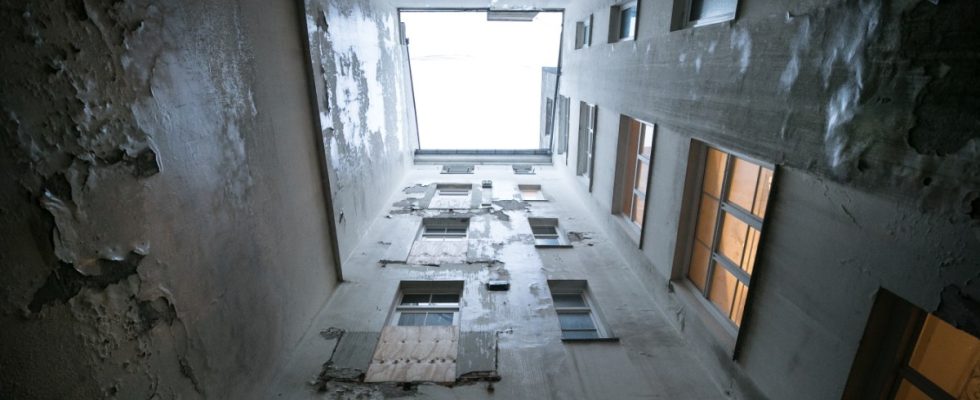The trigger was the gorilla campaign at Müllerstrasse 6 eleven years ago: celebrities in monkey masks renovated a social apartment that was supposedly unrenovable and thus embarrassed city politics. The city council was then regularly informed about long-term vacancies in city rental apartments. Because the vacancy rate has fallen continuously since 2013, it will no longer be the city councils who will have to deal with it in the future, but rather the supervisory boards of the Münchner Wohnen housing company. The prerequisite is that the planning committee approves this Wednesday.
While 647 urban apartments were still empty in 2013, according to the planning department’s final report there were only 301 at the end of 2023. The rate fell from 1.02 percent of the city’s housing stock to 0.34 percent. The planning department cites the reasons for vacancies as being that properties that the city takes over with the right of first refusal are “often subject to a backlog of renovations”. An example is Buttermelcherstrasse 14 next to the former Rischart area with currently 13 empty apartments. Because of the high renovation costs, people are considering demolition and new construction.
Artists and fashion designers from the Super & Unholzer studio community at Maximilianstrasse 33 presented their work at the interim use “Super + Maxistore”.
(Photo: Catherina Hess)
On the other hand, apartments would be empty if old existing settlements were converted and the tenants were temporarily accommodated elsewhere, explains the department and cites Rupertigaustraße in Ramersdorf and Dientzenhoferstraße in Harthof, each with a good hundred apartments, as examples. Since 2018, houses with 2,558 apartments have been demolished and 3,734 affordable units have been built.
There are also special cases, for example due to complicated ownership relationships. The so-called ghost house at Westendstrasse 35, which stood empty for years due to poor traffic safety, has now been demolished. In the fall, 32 apartments for homeless women will be ready to move into where it once stood.
The city administration found a remedy in temporary uses. However, these are only a solution for around half of the empty apartments because costs and useful life must be in an acceptable relationship, according to the final report. By 2015, for example, the city had temporarily accommodated 120 refugees in this way. And various commercial units were temporarily sold to artists, such as a former carpet shop on Maximilianstrasse.

